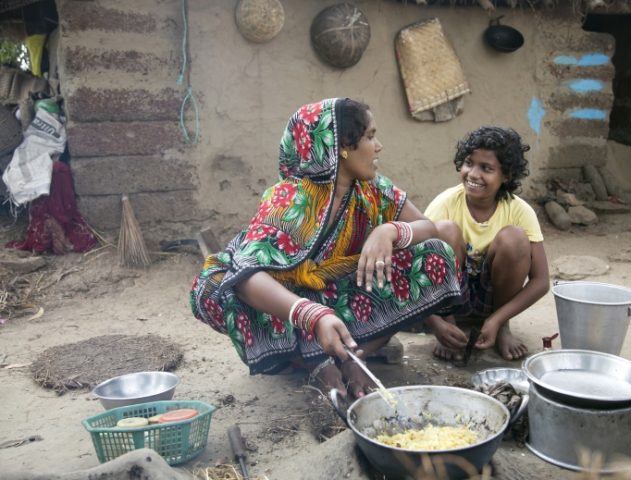Photo Above, Priyanka Baliar Singh, 12, with her mother, Megharani (Megha) Baliar Singh, as she cooks outdoors. Below, Priyanka plays with her cousin outside of her home. CRS helps parents keep their families together.
As many as 80% of children in orphanages globally have living parents unable to care for them due to lack of social support. A new movement aims to reunite these children with families.
By Peter Jesserer Smith, National Catholic Register, 8/4/17





